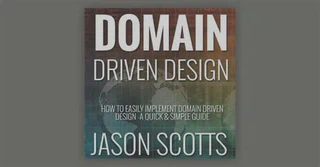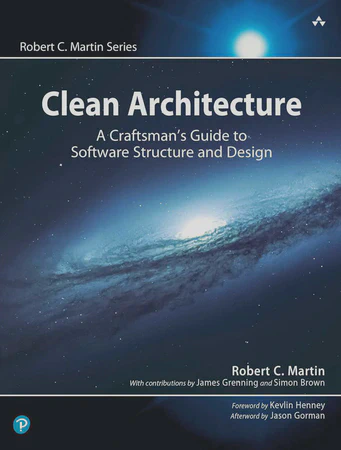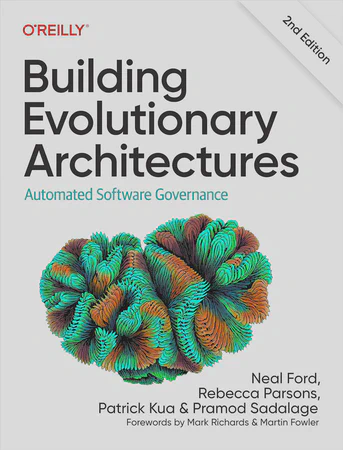Domain-Driven Design: Tackling Complexity in the Heart of Software

Evans’ classic introduces strategic and tactical patterns for domain modeling, from bounded contexts and ubiquitous language to aggregates and anti-corruption layers.
Resources & Links
Evans’ foundational text teaches platform architects to model complex domains through patterns uniting technical implementation with strategic organizational design—essential for microservices boundaries.
Who This Is For
Staff+ engineers designing microservices boundaries based on business capabilities. Domain architects leading system decomposition efforts. Platform engineering leads building event-driven systems. Technical architects transitioning from monoliths to distributed systems. Engineering managers overseeing multi-team domain modeling initiatives.
Key Takeaways
- Ubiquitous Language: establish shared vocabulary between engineers and domain experts, embedding business terminology directly into code—reducing translation errors and accelerating feature delivery through alignment.
- Bounded Contexts: define explicit boundaries where specific models apply, preventing coupling across service boundaries and enabling independent team autonomy in microservices architectures.
- Aggregates & Consistency: group entities into transactional boundaries with clear invariants, ensuring data integrity while maintaining the flexibility to scale individual aggregates independently.
- Anti-Corruption Layers: protect core domain models from legacy system complexity by translating between incompatible models, enabling gradual modernization without contaminating new architectures.
- Strategic vs Tactical Design: separate high-level system organization (contexts, subdomains) from low-level implementation patterns (entities, value objects), ensuring architecture decisions align with business priorities.
Related Books
More titles with similar themes.
Clean Architecture: A Craftsman's Guide to Software Structure and Design
Uncle Bob reveals timeless architecture rules that eliminate framework dependencies, maximize testability, and enable systems to evolve gracefully across decades.
By Robert C. Martin
Building Evolutionary Architectures: Automated Software Governance
Protect critical architecture characteristics through automated fitness functions while enabling continuous evolution—transforming architecture from static blueprint to dynamic …
By Neal Ford, Rebecca Parsons, Patrick Kua, Pramod Sadalage

